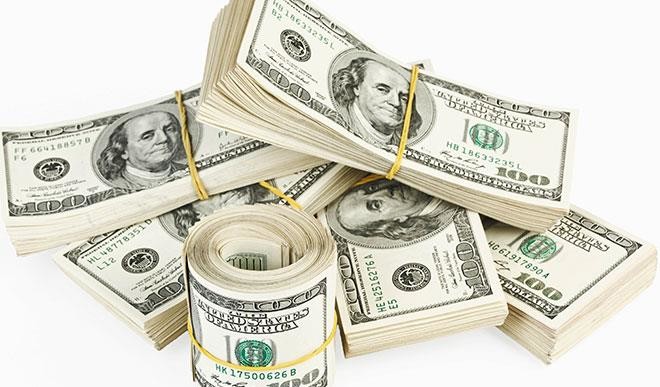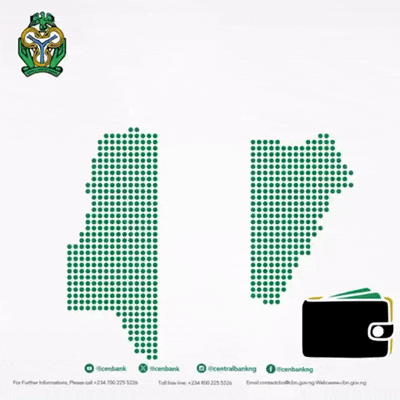The dollar firmed on Monday as fresh threats of tariffs from U.S. President Donald Trump dented risk sentiment, casting a shadow over commodities markets and putting pressure on the euro and the Australian and Canadian dollars.
Trump said he will announce new 25% tariffs on all steel and aluminium imports into the U.S. later on Monday, as well as reciprocal tariffs on Tuesday or Wednesday that will be applied to all countries and matching the tariff rates levied by each nation.
The latest salvo adds to jitters over a global trade war, with China’s retaliatory duties on U.S. goods due to take effect on Monday.
Market moves were muted on Monday, with investors still hesitant in placing major bets.
Trump last week kicked off a trade war, first by imposing tariffs on Mexico and Canada and then pausing them, but sticking with duties on Chinese goods. That led to a measured tit-for-tat response from Beijing suggesting some room for negotiations.
“It is unclear if Trump’s latest steel and aluminium tariffs is a negotiation strategy which he may dial down on later,” said Vasu Menon, managing director for investment strategy at OCBC.
“Markets will be on edge and volatile with the escalating trade war and investors need to tread with caution for now and brace for possibly more market turbulence.”
The euro was 0.1% lower at $1.0317, staying near the more than two-year low of $1.0125 it touched last week as investors braced for tariffs that Trump has repeatedly threatened against Europe.
The Australian dollar fell 0.1% to $0.62705, hovering near the five-year low it touched last week. The Canadian dollar weakened nearly 0.3% as Canada is the largest supplier of aluminium metal to the United States.
“While significant, today’s announcement reminds us that some tariff announcements will carry more weight than others and that tariff headlines are part of the ‘new normal’ under President Trump,” said Tony Sycamore, market analyst at IG.
Beyond Trump, investor focus will be on U.S. inflation data on Wednesday and an appearance by the Federal Reserve Chair Jerome Powell before the House of Representatives on Tuesday and Wednesday, with tariffs likely to be in the spotlight.
Analysts have said that tariffs could be inflationary and put further pressure on the Fed to keep interest rates elevated. Markets are pricing in 36 basis points of cuts this year, down from 42 bps after an upbeat payrolls report on Friday.
Macquarie strategists said the January employment report sends an upbeat message about the labour market and overall economic growth, but the elevated uncertainty has led the firm to change its view on the Fed’s policy path this year.
ALSO READ:Trump Says Will Announce Reciprocal Tariffs On Many Countries Next Week
“Our updated view is for no change in the fed funds rate during 2025 with it likely to remain in the 4.25 to 4.5% range. Previously we had suggested there would be just one further 25 bps cut in either March or May.”
The dollar index , which measures the U.S. currency against six other units, was at 108.23. The New Zealand dollar was flat at $0.5656, but not far from the two-year low touched last week.
The Japanese yen weakened more than 0.3% to 151.93 per dollar, but remained close to the one-month high it touched on Friday on growing expectations of the Bank of Japan hiking interest rates this year.
China’s yuan hit its lowest in three weeks against the dollar, weakening past a key threshold as trade tensions weighed.
The onshore yuan fell to 7.3082 to the dollar, breaching the psychologically important 7.3 per dollar level for first time since January 20.












